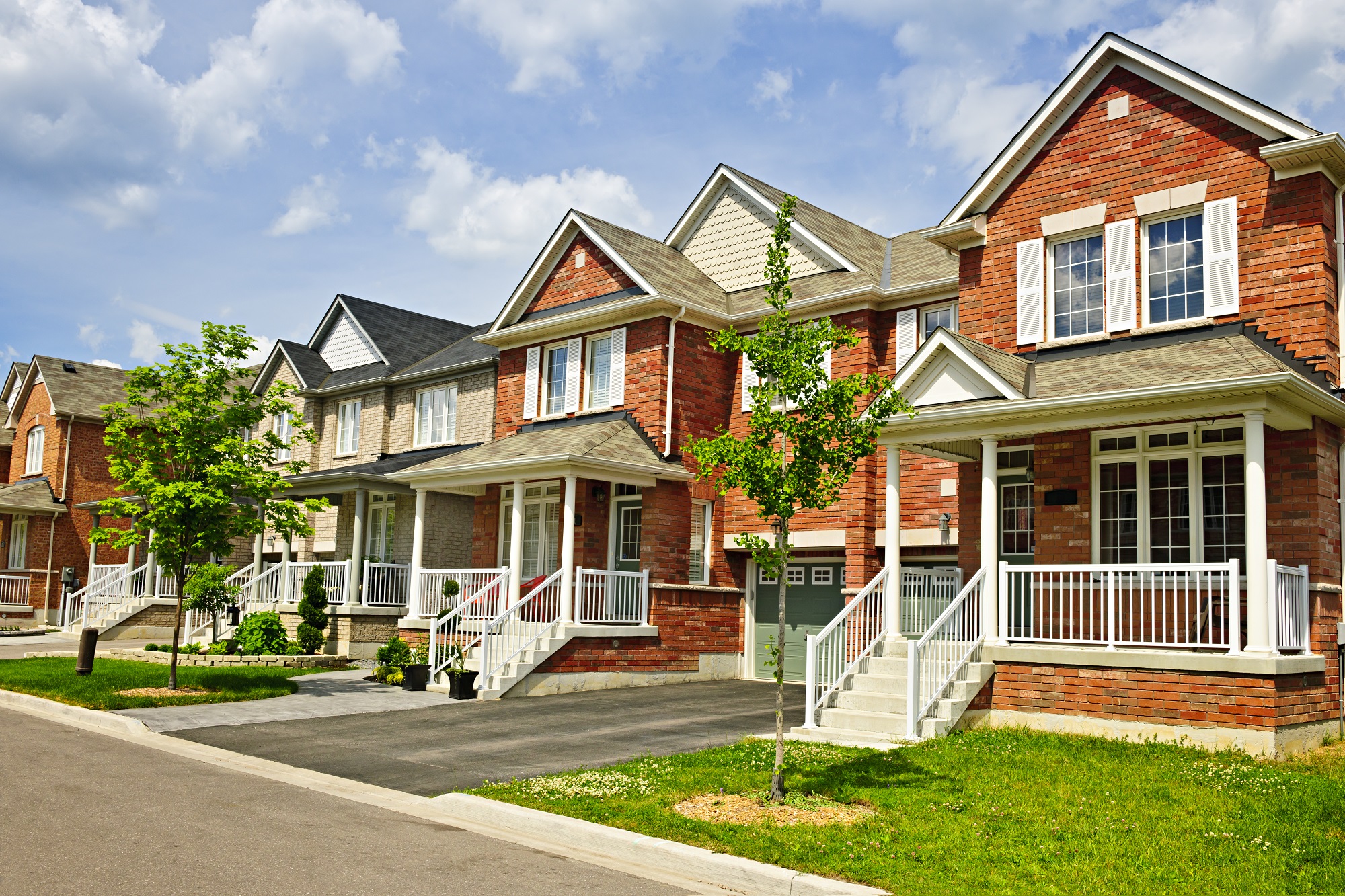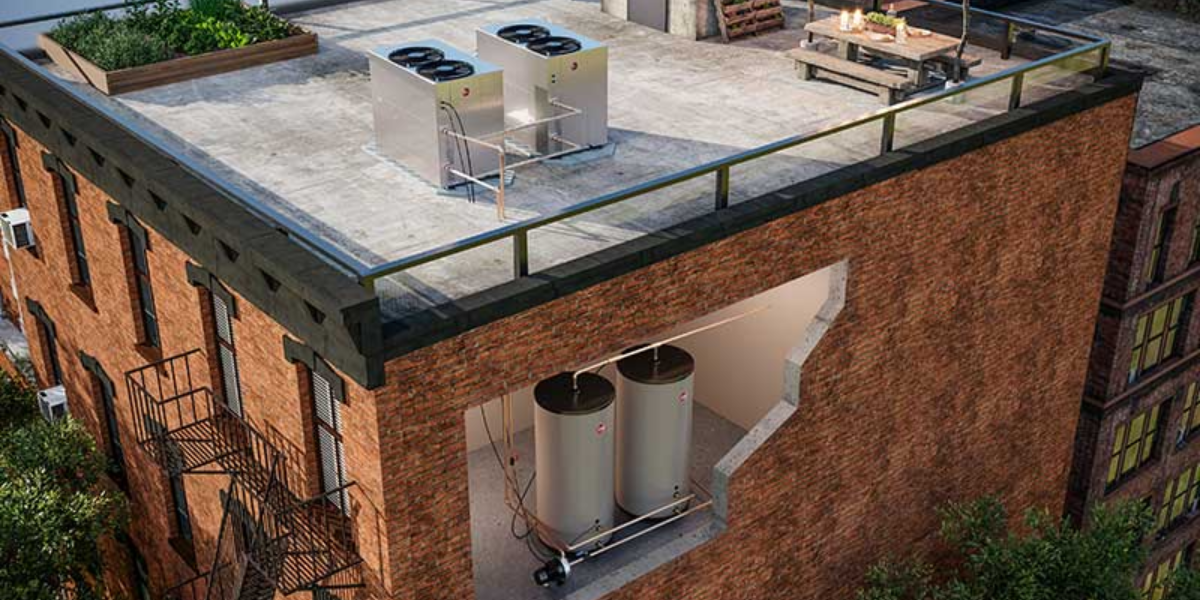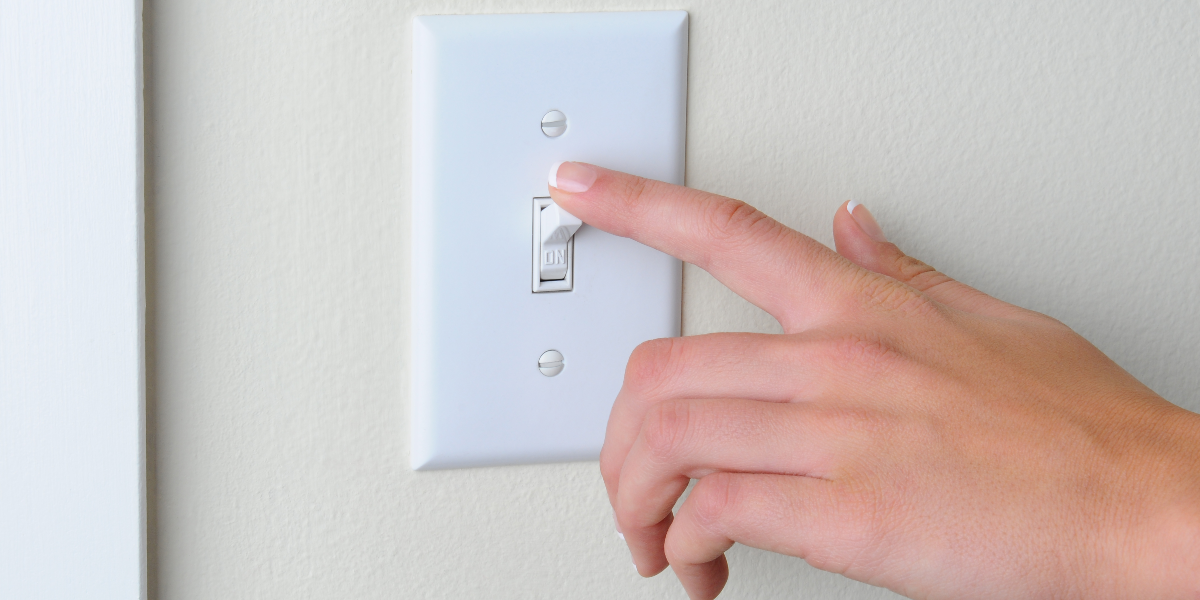EECC’s Opening Chapter: 12 Years at the Alliance & An Almost 50% Boost in Building Energy Efficiency
Let's Save Energy
Alliance to Save Energy's Blog

It’s hard to believe it’s been more than 12 years since the Alliance took in the just-formed Energy Efficient Codes Coalition (EECC) with the goal of improving energy efficiency in America’s model building energy code, the International Energy Conservation Code (IECC). The IECC sets out minimum standards for new construction and every three years, officials from municipalities and states across the nation vote on proposed changes to the IECC to incorporate new building technologies and practices as they evolve over time. Over the last 12 years, the EECC has fought – and won – to ensure the latest efficiency codes are a key component of America’s building code.
Today, as EECC begins its next chapter under a new roof at the Institute for Market Transformation, we reflect on the historic successes of this unique collaboration of diverse interests that united to tackle energy waste in our nation’s largest consuming sector: buildings.
An unlikely, united front. In its early years, the EECC built a broad base of longstanding energy efficiency advocates, including representatives from government, NGOs, business, academia, affordable housing groups, consumer advocacy organizations, labor, environmental groups, architecture, and utilities. Today, this diverse group of supporters is our coalition’s greatest strength.
Introducing local & state policymakers to IECC. The Alliance worked with the U.S. Conference of Mayors (USCM) in 2008 to help inform local lawmakers about the power of municipal building officials to design and implement the IECC. The USCM Energy Committee Chair then began a collaborative working relationship with the EECC to increase mayors’ involvement in IECC development. Since then, USCM has unanimously passed five resolutions endorsing the EECC’s efficiency recommendations.
The 30% solution. When the International Code Council (ICC) opened its 2008 code development cycle to update the IECC, our coalition put together the ICC’s first-ever comprehensive code proposal. Dubbed “The 30% Solution,” it was crafted in recognition that effective building energy efficiency depends on integrated, whole-house solutions. It also sought to address a growing nationwide call for buildings to contribute to energy policy goals including reduced dependence on energy imports, stabilized grids, and lowered greenhouse gas emissions.
Initial success: a nearly 40% gain in efficiency. In just two code cycles, the EECC’s efforts produced a 2012 IECC that called for whole-building performance, slashing energy consumption by 38% for new homes and by 35% for new commercial buildings, and eliminating efficiency trade-offs and other loopholes. The gains prompted the Institute for Electric Efficiency to state that efficiency improvements from building energy codes and appliance standards “will completely offset the anticipated growth in demand in the residential, commercial, and industrial sectors combined, eliminating the need for additional power plants to serve these sectors through 2025.” While the EECC was able to defeat proposals to roll back these historic efficiency gains in the following code cycles, the next two IECC updates each saw a less than 1% efficiency improvement because building officials wanted to “catch their breath,” and opponents succeeded in erecting hard-to-clear internal ICC hurdles to efficiency.
Climate urgency. The EECC’s Codes-Carbon Calculator – first developed in 2015 to incorporate measurable building efficiency steps s into President Obama’s Clean Power Plan – was updated for states and municipalities in 2018. The calculator helped prompt the USCM to unanimously pass its 6th resolution on the IECC, linking mayors’ commitments to meeting Paris Climate Accord targets with their goal of putting future IECCs, starting in 2021, on a glide path to zero energy buildings.
Getting out local & state votes to clear hurdles. Also in 2018, the EECC mounted a nationwide Governmental Member (GM) recruitment, outreach, and get-out-the-vote campaign and unified the efficiency community behind a single voting guide. The result was the 2021 IECC, with efficiency gains of 12% for commercial buildings and 8-14% for residential buildings. GM voting defeated all efficiency rollback proposals and passed a number of “unmeasurable” proposals that will boost efficiency and prepare for future efficiency improvements – including through independent compliance-verification measures, EV-ready requirements, and zero-energy appendices for both commercial and residential buildings.
The EECC has done outstanding work over the past 12 years. It’s been an honor to develop the coalition with the Alliance and we couldn’t have gotten where we are without working together. The fight for strong efficiency codes never ends, and we look forward to continuing to work with the coalition at its new home.
RECENT BLOG POSTS
STAY EMPOWERED
Help the Alliance advocate for policies to use energy more efficiently – supporting job creation, reduced emissions, and lower costs. Contact your member of Congress.
Energy efficiency is smart, nonpartisan, and practical. So are we. Our strength comes from an unparalleled group of Alliance Associates working collaboratively under the Alliance umbrella to pave the way for energy efficiency gains.
The power of efficiency is in your hands. Supporting the Alliance means supporting a vision for using energy more productively to achieve economic growth, a cleaner environment, and greater energy security, affordability, and reliability.



